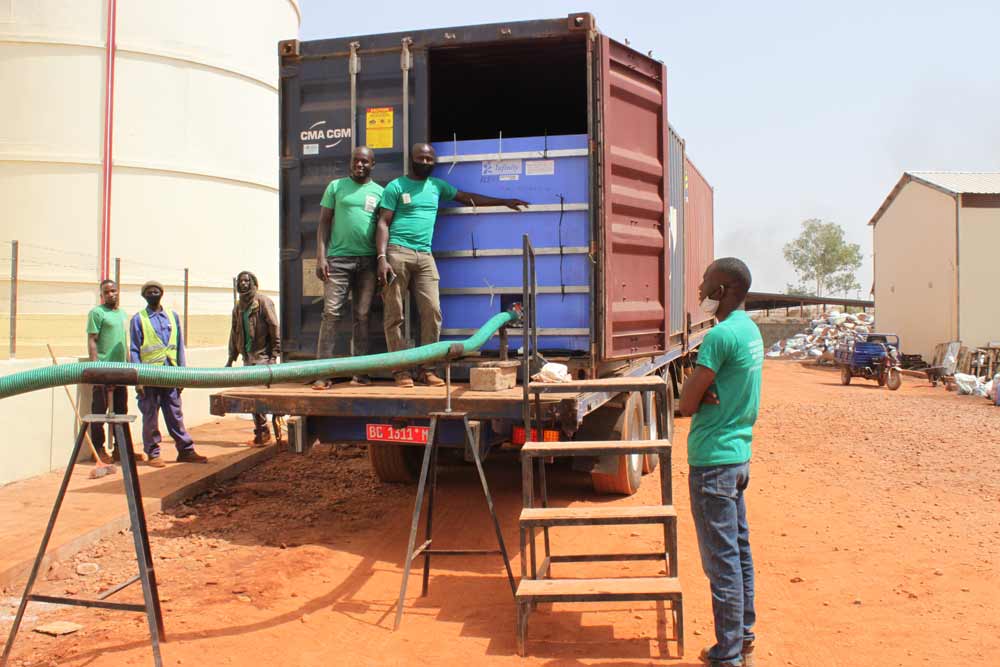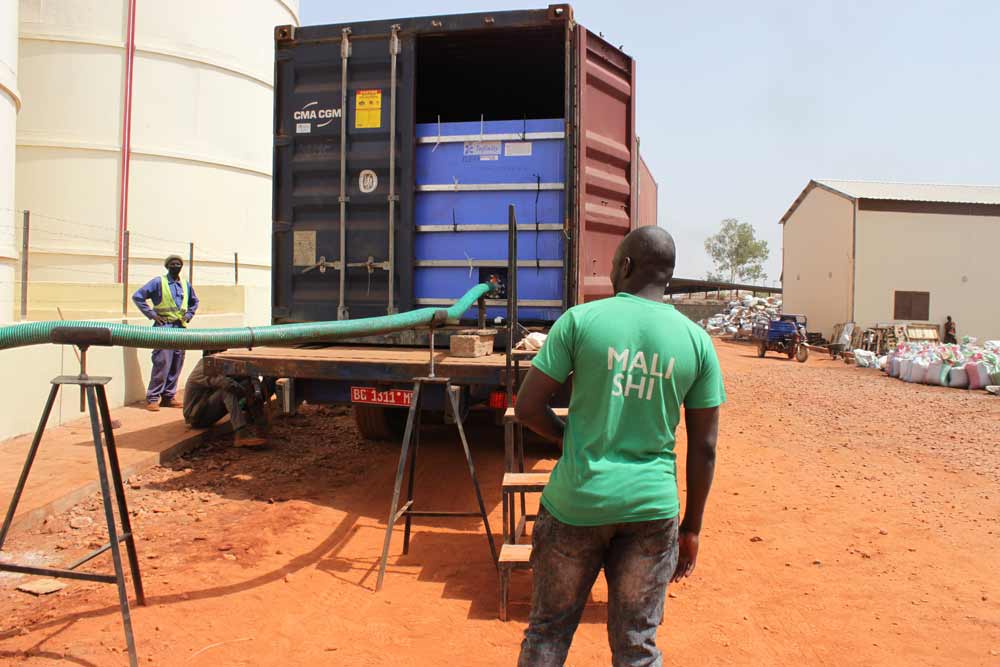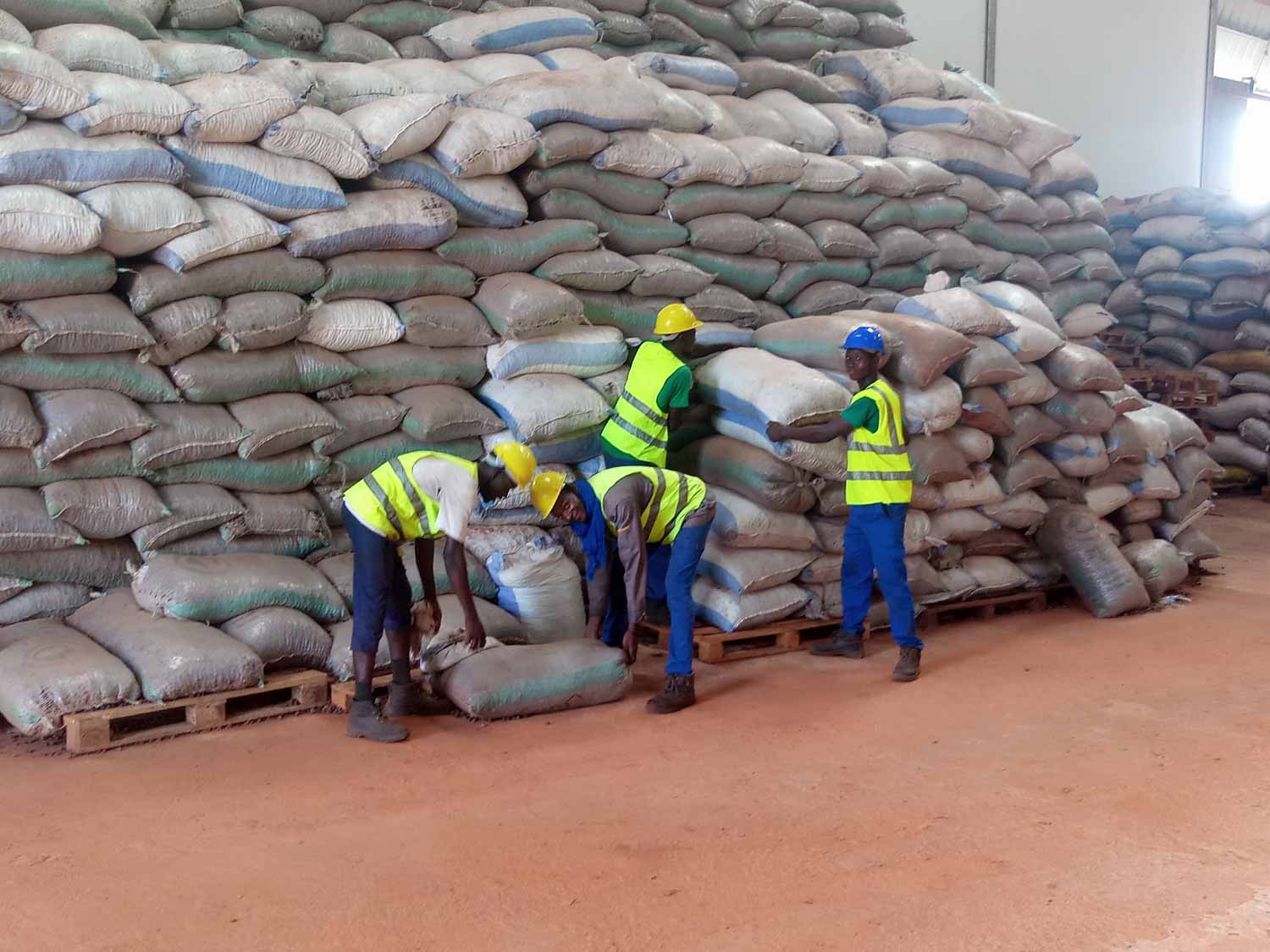Do you know that the shea tree is regarded as a "holy tree" by the locals?
Shea possesses supernatural abilities. It is one of the few savannah oleaginous plants whose butter can be used in place of industrial oils. Shea also has several medicinal, organoleptic, and cosmetic benefits.


Factory
On the operational level, Mali Shi continuously enhances its production capacity by relying on modern, versatile, and high-performance equipment, ensuring efficiency and cost control.
Our industrial tool
Solvent extraction is an effective and reliable method for extracting edible oil from oilseeds and nuts that use hexane as a solvent.
With his expertise in the industrial sector dating back to 2005, the director of the Mali Shi factory was one of the project's initiators and significantly helped in the construction of this industrial tool. He is also assisted by skilled experts from India to ensure that the activities are going well.


The selected equipment supplier is Kumar Metal Industries, which has extensive experience in the oilseed and shea kernel sector.
Kumar provides creative and sustainable solutions to process engineering difficulties for the worldwide oil and fat business.






Flexitank
- The Flexitank is a system that combines a 20′ ISO shipping container with a single-use flexible tank, with a maximum capacity of 24,000 liters. It provides a secure shipping solution, minimizing the risks of oil oxidation and contamination, while being recyclable and compliant with major health and safety standards.




